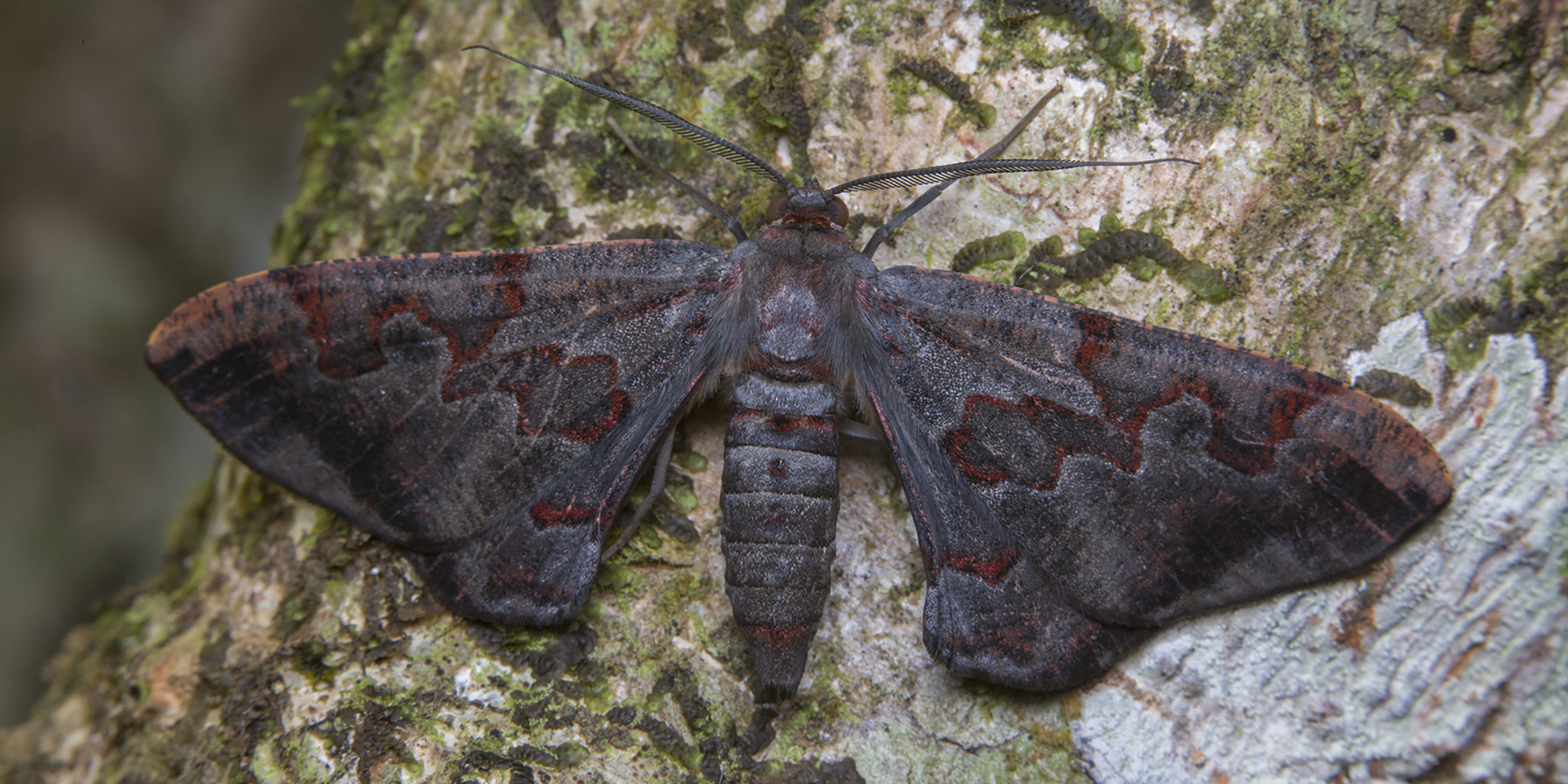Originally published 7 August 1995
A photograph in the book review section of the journal Nature shows three moths drinking from a trickle of liquid that flows from a huge glistening eye.
The caption says, “…the Asian moth Hypochrosis baenzigeri makes an elephant cry and then drinks its tears.”
I have no idea how moths provoke an elephant’s tears, why the tears are more to be desired by the moths than nectar or plain water, or what benefit, if any, accrues to the elephant.
But the caption has stuck in my mind, lingering somewhere between ecology and poetry. It’s the sort of thing that might have evoked a long meditation by the poet Marianne Moore.
First, there’s the contrast in scale between the two creatures: The elephant’s eye is twice the size of the moth, a great dark pool from which a river flows. Second, the poetic tension between sadness and nourishment: The moths refresh themselves on the elephant’s tears.
But more than poetry, it is the interdependence of moth and elephant that I can’t get out of my mind, the sad and beautiful evocation of symbiotic life on Darwin’s “tangled bank.”
The word “symbiosis” (two or more different organisms living together in close association) was coined over a century ago, in an 1877 scientific paper on lichen anatomy.
Lichens consist of a cohabiting alga and fungus. The alga is able to photosynthesize carbohydrates, upon which the fungus feeds. The fungus supplies the alga with minerals that it extracts from the environment. Neither organism is capable of existing independently unless supplied with the proper nutrients; together, they are hardy enough to survive where no single creature could exist alone.
Symbiosis is one of the driving forces of evolution.
Biologist Lynn Margulis of the University of Massachusetts was the first to suggest that the many-compartmented eukaryotic cell — of which all multi-celled creatures consist — was a product of symbiosis. For example, the oxygen-respiring units of eukaryotic cells, called mitochondria, resulted when respiring bacteria were incorporated symbiotically into larger microorganisms that lacked the ability to respire.
Similarly, the hair-like appendages on eukaryotic cells called flagella, which give cells motility, may have originated as thin undulating bacteria that latched onto larger cells for feeding, found the arrangement satisfactory, and never let go.
Ditto for the photosynthesizing units called chloroplasts.
What began as symbiosis became unity. The alliance of three or four simpler microorganisms for mutual benefit created a supercell that swept all before it.
In The Lives of a Cell, Lewis Thomas wrote: “If it is in the nature of living things to pool resources, to fuse when possible, we would have a new way of accounting for the progressive enrichment and complexity of form in living things.”
It is not yet clear how much of this tendency to pool resources is in the nature of living things and how much is just useful evolutionary accident. Nowhere is the question more vigorously contested than in the debate about Gaia.
The Gaia theory (named for the Earth goddess of the Greeks) proposes an ultimate symbiosis, embracing all creatures great and small, from great blue whales to bacteria, together with rocks, air, and oceans, mutually regulating the planetary environment so as to make it optimal for life. Gaia is a super organism, as large and as old as the Earth itself, of which we are all a part, as cells are parts of our own bodies.
The Gaia hypothesis is closely associated with the British scientist James Lovelock and (again) Lynn Margulis.
Many scientists consider the Gaia theory far-fetched, based more on wishful thinking than observation, and without a mechanism to make it work. Others see Gaia as a powerful new metaphor to replace the “world as machine” metaphor that has guided science for most of the past 400 years.
All thinking is metaphorical. In both poetry and science, we understand by making analogies. Science is always on the lookout for the analogy that most effectively unites our experience.
Is the Earth a clockwork ticking according to the laws of mechanics, or is it a living organism? Is the world best understood by breaking it into its component parts, or must we see the world as an unfragmented unity?
The terms of the questions are not necessarily mutually exclusive. Nevertheless, an emerging popularity of the organic metaphor has begun to change the way we perceive and understand the world.
For the moment, the world-as-machine metaphor remains the dominant way of doing science. But what is appealing about the “world as organism” is the way it draws us into a poetic alliance with the objects of our study.
As when we read, “…the Asian moth Hypochrosis baenzigeri makes an elephant cry and then drinks its tears.”



